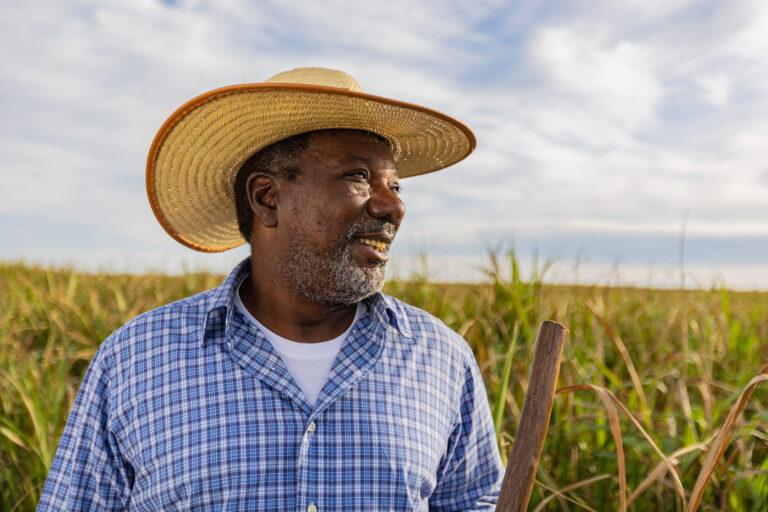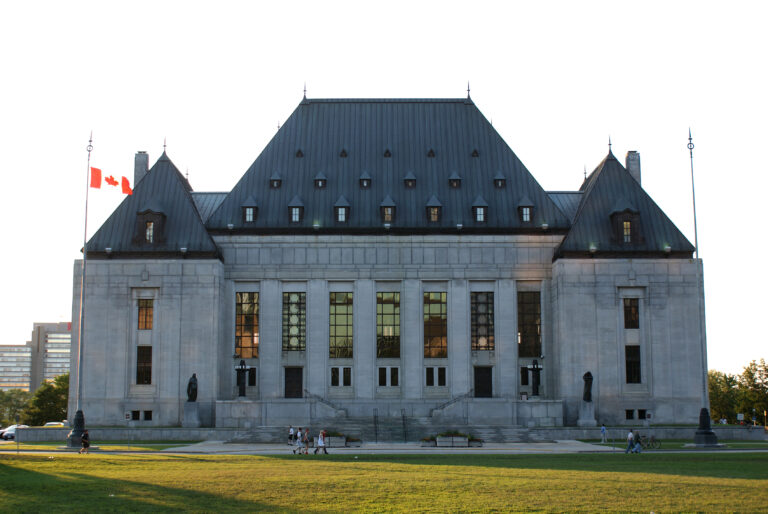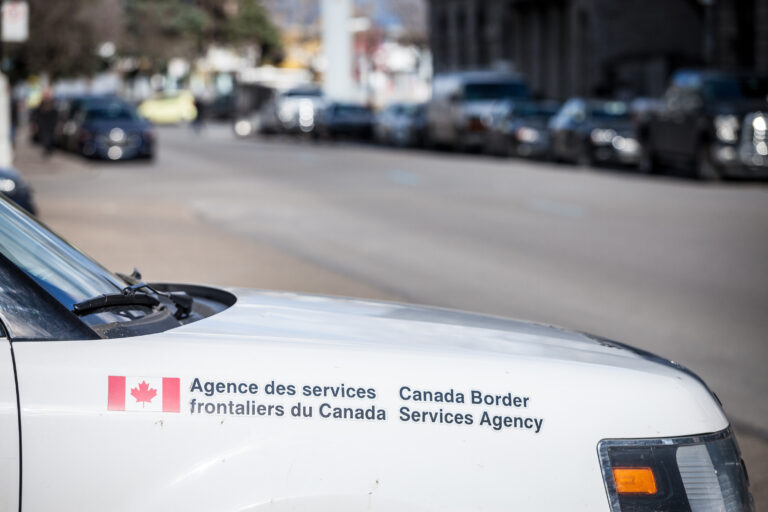Statistics Canada has revealed that temporary residents to Canada are younger and more likely to be employed than the average Canadian, are also most likely to have come here from India or China.
While the labour force participation rate for the Canadian population is 63.4 per cent, it is 74.2 per cent for temporary residents who tend to be younger and so more likely to be of working age, reports Statistics Canada.
“Canada grants temporary foreign workers, international students and asylum claimants the right to live in Canada temporarily,” notes the statistical and demographic services agency in its latest study, Non-permanent Residents In Canada” Portrait of a Growing Population from the 2021 Census.
“In 2021, close to one million, exactly 924,850, non-permanent resident were enumerated in the census, making up 2.5 per cent of Canada’s population.”
The biggest chunk of those temporary residents in Canada were temporary foreign workers with work permits in the country to fill jobs going begging for a want of workers to fill them.
Read More Canada Immigration News
Increase In Median Hourly Wages For Canada Employers Hiring Temporary Foreign Workers
Canada Temporary Visas For Pakistanis: Processing Time Is Only Two Months
Temporary Workers With High-Paying Jobs Have Better Canada Immigration Outcomes
Many Temporary Foreign Workers In Canada Exempted From Ban On Buying Homes
“In 2021, 40.1 per cent of non-permanent residents had a work permit only, and another 14.2 per cent had a work and study permit,” notes Statistics Canada.
“Non-permanent residents with a study permit alone, such as international students, represented 21.9 per cent of all non-permanent residents while asylum claimants, those seeking refugee protection, accounted for 15.1 per cent.”
The remaining 8.7 per cent were a combination of other types of non-permanent residents, including those in Canada under Parent and Grandparent (PGP) Super Visas.
Many of the temporary residents in Canada are, understandably, of working or college age and so younger than the Canadian average.
“Six in 10 non-permanent residents enumerated in the 2021 census were young adults aged 20 to 34 years,” notes Statistics Canada.
Watch Video
“By comparison, the proportion of young adults was 37.3 per cent for recent immigrants and 18.4 per cent for the rest of the Canadian population.”
Outside of Quebec, the most common country of birth for temporary residents are India and China with those two being the source countries for 39 per cent of these residents in Canada. In Quebec, 20.4 per cent of temporary residents were from France, making that European country the most common place of birth for temporary residents in La Belle Province.
“While India and China were the top places of birth among non-permanent residents with a work or study permit, this was not the case for asylum claimants,” notes Statistics Canada.
“Nigeria was the most common place of birth, with 10.7 per cent of those seeking refugee protection originating from this country, followed by India at 8.3 per cent and Mexico at 8.1 per cent.”
Asylum Seekers Most Likely To Be Nigerian, Haitian Or Iranian
The top place of birth of asylum claimants varied from province to province with Nigeria being the top place of birth for asylum seekers in Ontario while Haiti was the top source of asylum seekers in Quebec and Iran in British Columbia.
Almost all of the temporary residents living in Canada at that time knew at least one official language with the percentage of those who did not being less than five per cent.
The typical temporary resident in Canada rents rather than owns his or her own home and lives in cramped quarters with a roommate.
“Almost three in five non-permanent residents, 59.4 per cent … lived in rented apartments. This was higher than the proportion for recent immigrants, at 41.5 per cent, and much greater than that for established immigrants, at 18.4 per cent, and non-immigrants at 15.3 per cent,” notes Statistics Canada.
The federal agency reports that almost one-third of temporary residents live in apartments without enough bedrooms for the size and composition of the household, according to the National Occupancy Standard.
“The prevalence of this situation was more than three times higher than for the rest of the Canadian population,” reports Statistics Canada.









